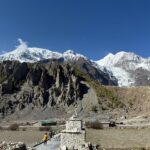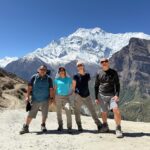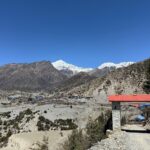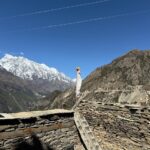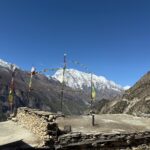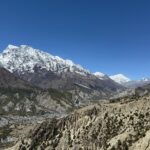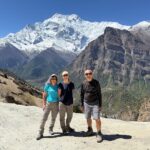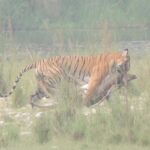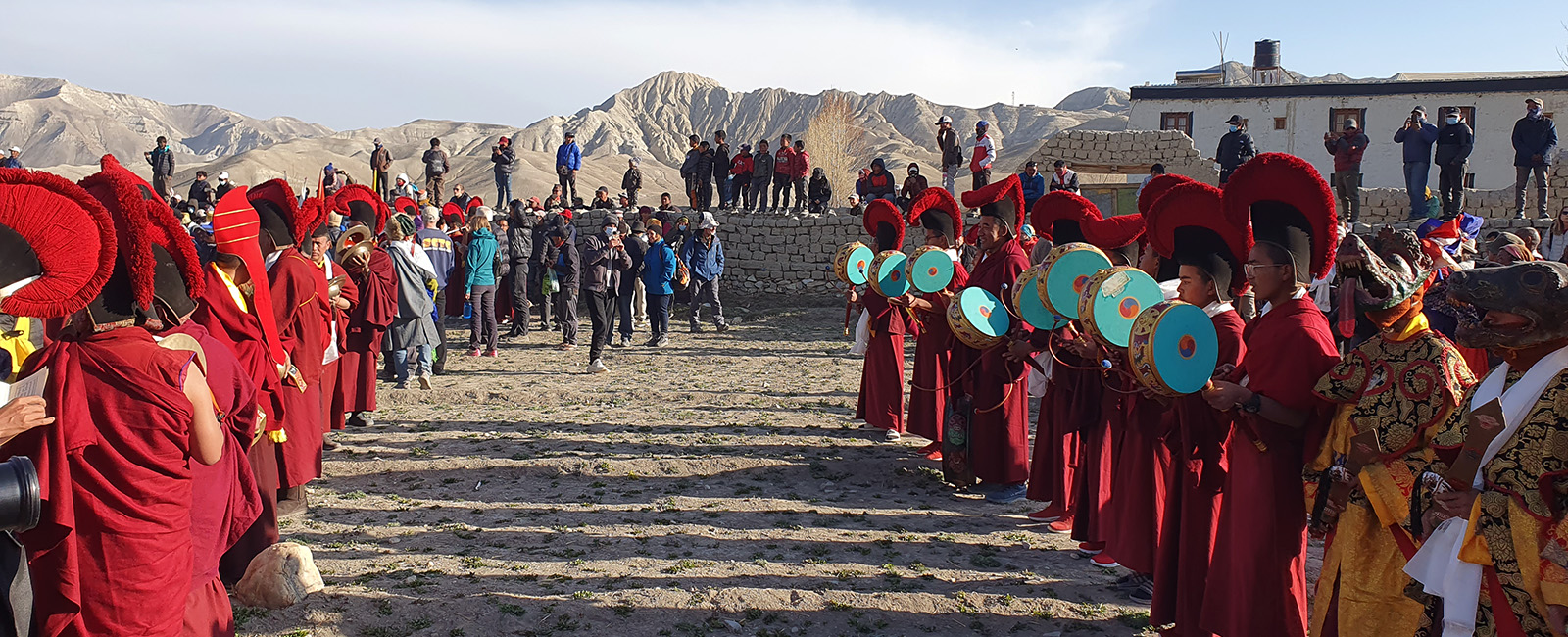
Cultural Festivals in Nepal You Should Experience
Cultural Festivals in Nepal you should experience showcase vibrant traditions, spiritual celebrations, and joyful gatherings, offering a unique glimpse into Nepal’s rich heritage and diverse communities.
Nepal is rich with different cultures and traditions, Which are celebrated in the form of festivals. More than 125 ethnic groups and various religious beliefs make Nepalese festivals a unique combination of Hindu and Buddhist elements that celebrate everything from ancient stories to seasonal changes. Every festival brings vibrancy with wild celebrations with traditional rituals, colorful parades, music, and dance, making a lively atmosphere of enthusiasm and devotion. And there is something magical about all the bigness of Dashain, the lights of Tihar or the fun of Holi; Nepalese festivals are like nothing else. The majority of the festivals are based on the lunar calendar, so each year the dates are different. From holy pilgrimages to high-energy street parades, these festivals offer profound insights about Nepal’s rich heritage and hearty community spirit. Whether you look at them for spiritual enlightenment or a cultural experience, or maybe you just want to enjoy the festivities, these festivals will provide you once in a lifetime memories. Check out the 10 festivals that are absolutely worth trying in Nepal.
1. Dashain (September–October)
Dashain is Nepal’s biggest and longest Hindu festival, celebrated for 15 days in honor of Goddess Durga’s victory over evil. Families gather to perform pujas (rituals), exchange blessings, and fly kites. Elders apply tika (a red vermillion) on younger family members’ foreheads as a symbol of blessings. Animal sacrifices are performed in temples as an offering to the goddess. Dashain is a time of family reunions, feasts, and joy, with homes decorated and people dressed in new clothes. This festival is similar to Christmas for Hindus, emphasizing togetherness and renewal.
2. Tihar (October–November)
Tihar, also known as Deepawali, is Nepal’s festival of lights, celebrated over five days. Each day is dedicated to worshipping different animals and deities, including crows, dogs, cows, and oxen. The third day is the most spectacular, when homes and streets are adorned with oil lamps, candles, and colorful rangoli (decorative patterns). Laxmi, the goddess of wealth, is worshipped for prosperity. The festival also includes Bhai Tika, where sisters apply tika on their brothers’ foreheads to bless them with long life and happiness. It’s a festival of family bonding, joy, and dazzling lights.
3. Holi (March)
Holi, the festival of colors, is one of the most energetic and joyful celebrations in Nepal. Marking the arrival of spring, people take to the streets throwing colored powders and water balloons, singing, dancing, and enjoying festive treats. Rooted in Hindu mythology, Holi commemorates the victory of good over evil and the divine love of Radha and Krishna. The event is especially lively in Kathmandu and Terai regions, where music, dancing, and color fights fill the air. It’s an unforgettable, carefree celebration where people of all backgrounds unite in joy.
4. Indra Jatra (September)
Indra Jatra is one of Kathmandu’s grandest festivals, celebrated with processions, traditional dances, and chariot parades. This eight-day festival honors Indra, the god of rain, and features the Kumari Jatra, where the Living Goddess Kumari is paraded through the city in a beautifully decorated chariot. The event also includes the raising of the Linga (a ceremonial pole), and various masked dances, including the famous Lakhe dance. It’s an incredible opportunity to witness Newar culture, traditional rituals, and royal heritage in the heart of Kathmandu Durbar Square.
5. Buddha Jayanti (April–May)
Buddha Jayanti marks the birth, enlightenment, and passing of Lord Buddha. Celebrated on the full moon day of Baisakh, this sacred festival is observed at Lumbini (Buddha’s birthplace), Swayambhunath, and Boudhanath. Devotees light butter lamps, chant prayers, and offer flowers at monasteries and stupas. Buddhist monks conduct serene rituals, while devotees engage in acts of kindness and charity. This festival is an important occasion for Buddhists and Hindus alike, fostering peace, spirituality, and mindfulness in Nepal’s most sacred Buddhist sites.
6. Teej (August–September)
Teej is a women’s festival dedicated to Goddess Parvati, celebrating marital happiness and well-being. Women dress in red saris, gather in temples, and participate in prayers, fasting, and dancing. The highlight is the worship at Pashupatinath Temple, where thousands of women pray for their husbands’ prosperity and marital bliss. The festival is also known for its joyful folk songs and dances, symbolizing female strength, devotion, and sisterhood. It’s a unique and lively cultural experience showcasing Nepali women’s traditions.
7. Maghe Sankranti (January)
Maghe Sankranti marks the winter solstice and is considered a day of good fortune. Families gather to eat traditional foods like sesame seeds, molasses, yams, and ghee, believed to bring warmth and strength during winter. In Devghat and other holy rivers, devotees take ritual baths, believing it cleanses their sins. This festival is significant for Tharu and Magar communities, who celebrate it with feasting, dancing, and cultural performances. It symbolizes new beginnings and prosperity for the year ahead.
8. Gai Jatra (August–September)
Gai Jatra, or the Festival of Cows, is a unique celebration in Nepal that honors deceased loved ones. Families who lost a member in the past year parade cows through the streets, as cows are believed to guide souls to the afterlife. The festival, especially in Kathmandu Valley, also features satirical performances, masked dances, and humorous skits. It has evolved into a day of laughter and social commentary, helping people cope with grief through humor and celebration.
9. Mani Rimdu (October–November)
Mani Rimdu is a sacred Tibetan Buddhist festival celebrated at Tengboche Monastery in the Everest region. The festival consists of three days of prayers, sacred dances, and spiritual blessings performed by monks. The event includes masked dances symbolizing the victory of Buddhism over evil and prayers for world peace. Trekking to Tengboche during this festival offers a rare chance to witness authentic Himalayan Buddhist rituals in one of Nepal’s most picturesque locations, surrounded by the majestic Everest peaks.
10. Janai Purnima & Raksha Bandhan (August)
Janai Purnima, also known as Sacred Thread Festival, is celebrated by Hindu men who change their Janai (sacred thread) after performing ritualistic dips in holy rivers and lakes like Gosaikunda. On the same day, Raksha Bandhan is observed, where sisters tie a protective thread (rakhi) around their brothers’ wrists as a symbol of love and protection. Devotees also flock to Kumbheshwar Temple in Patan and other sacred sites for rituals and prayers. This festival strengthens family bonds and spiritual devotion.
These cultural festivals in Nepal offer a blend of spirituality, history, and joyful celebrations, making them must-experience events for anyone visiting the country. Each festival brings a unique charm, reflecting Nepal’s diverse traditions and rich cultural heritage.

